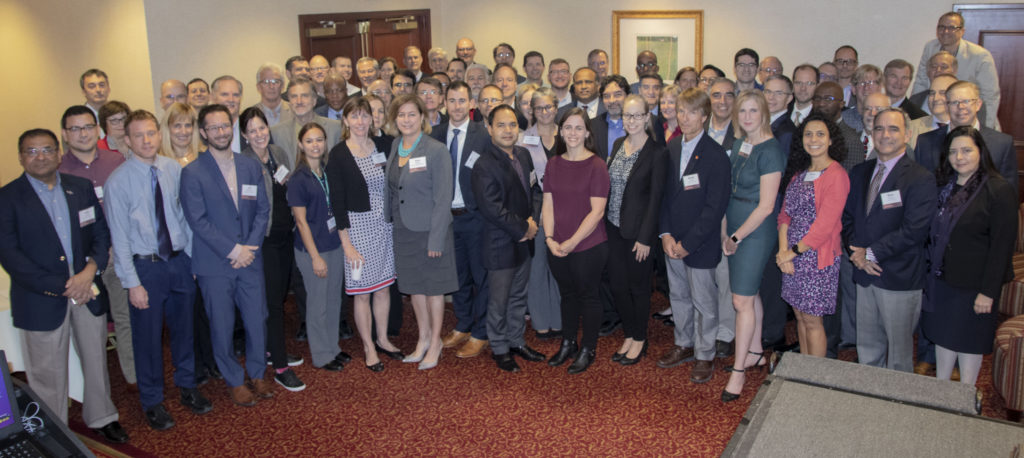University Energy Institute Summit Connects Academic Leaders Around the Country

More than 100 leaders from 67 academic energy institutes and centers met at the inaugural University Energy Institute Leadership Summit on September 25 and 26 in Pittsburgh, PA. The objective of the Summit was to explore the possibility of creating a network of national energy institutes, and how that organization would advance efforts in energy research, education, decarbonization strategies, innovation, public policy and advocacy.
Both the research and operational leadership at each institute discussed the role of an organizational framework to advance research and education, funding pursuits, decarbonization strategies, public policy and advocacy, innovation and partnerships, according to the website. The workshop focused on the benefits and challenges of collaboration and explored possible structures. Following the event, a report on recommendations for future development will be published.
“As a community of educators and innovators, this group gathered here has a pivotal role in preparing our world for future energy and conservation needs,” said CMU Provost and Chief Academic Officer James H. Garrett, Jr.
Four North Carolina-based university representatives were present, including North Carolina State University, North Carolina A&T State University, Duke University, and Appalachian State University.
Assistant Director for Technical Services at the NC Clean Energy Technology Center Isaac Panzarella, who attended the Summit, said it was a valuable experience and a stimulating exchange of ideas.
“It was great to connect with other universities,” Panzarella said. “Universities are a link between government and the private sector. They play this essential role in researching and finding clean energy solutions to our environmental challenges.”
Panzarella said the central question at the Summit was how to successfully connect everyone – whether the objective is to pursue a funding opportunity, research the same problem and exchange ideas, connect students, and more.
Most connections in the university energy world are made by networking/just who you know, Panzarella said. “Most people knew less than five people in the room at the start of the Summit,” Panzarella said. The Summit objective was to dig more into coordinated and established connections.
Possibilities discussed at the Summit included a social network, or a concrete organization with staff.
There was also a discussion on better educating and connecting students – possibly developing a core energy curriculum in university academic programs for students, or introducing a national internship program.
Panzarella said there was a realization that all of the university entities present were different – some are more focused on research and science, others are focused on policy, others are extensions, etc. – and it would be challenging to find a one-size-fits-all solution. There are certain objectives that specific types of entities could provide for the rest of the university energy community.
“There’s still plenty of work to go around,” Panzarella said. “Energy and environmental problems are national issues, and we need to be working together more on that.”
The Summit’s recommendations for future development will be published in a report, and a website will soon launch to communicate results, according to the website. Read more about it and keep up to date here.
The Summit was hosted by Carnegie Mellon’s Wilton E. Scott Institute for Energy Innovation in collaboration with the Colorado School of Mines and Rice University, and funded by the Alfred P. Sloan Foundation and the U.S Department of Energy, Advanced Research Projects Agency-Energy (ARPA-E).